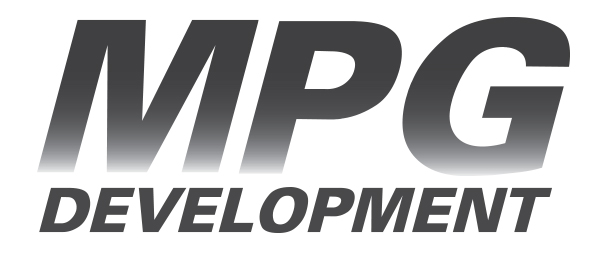Balancing Capital Expenditures and Common Area Maintenance
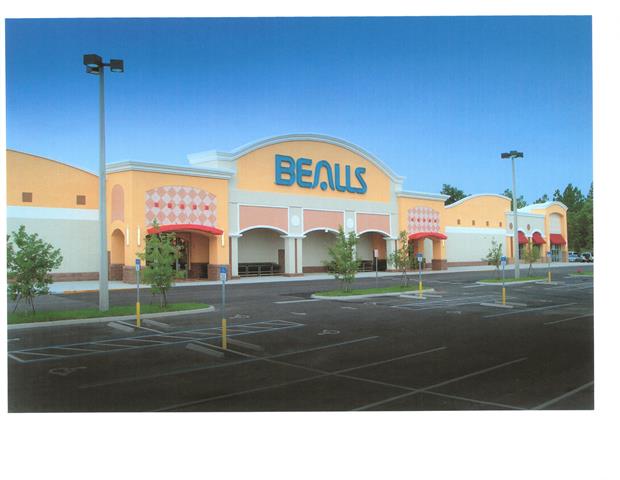
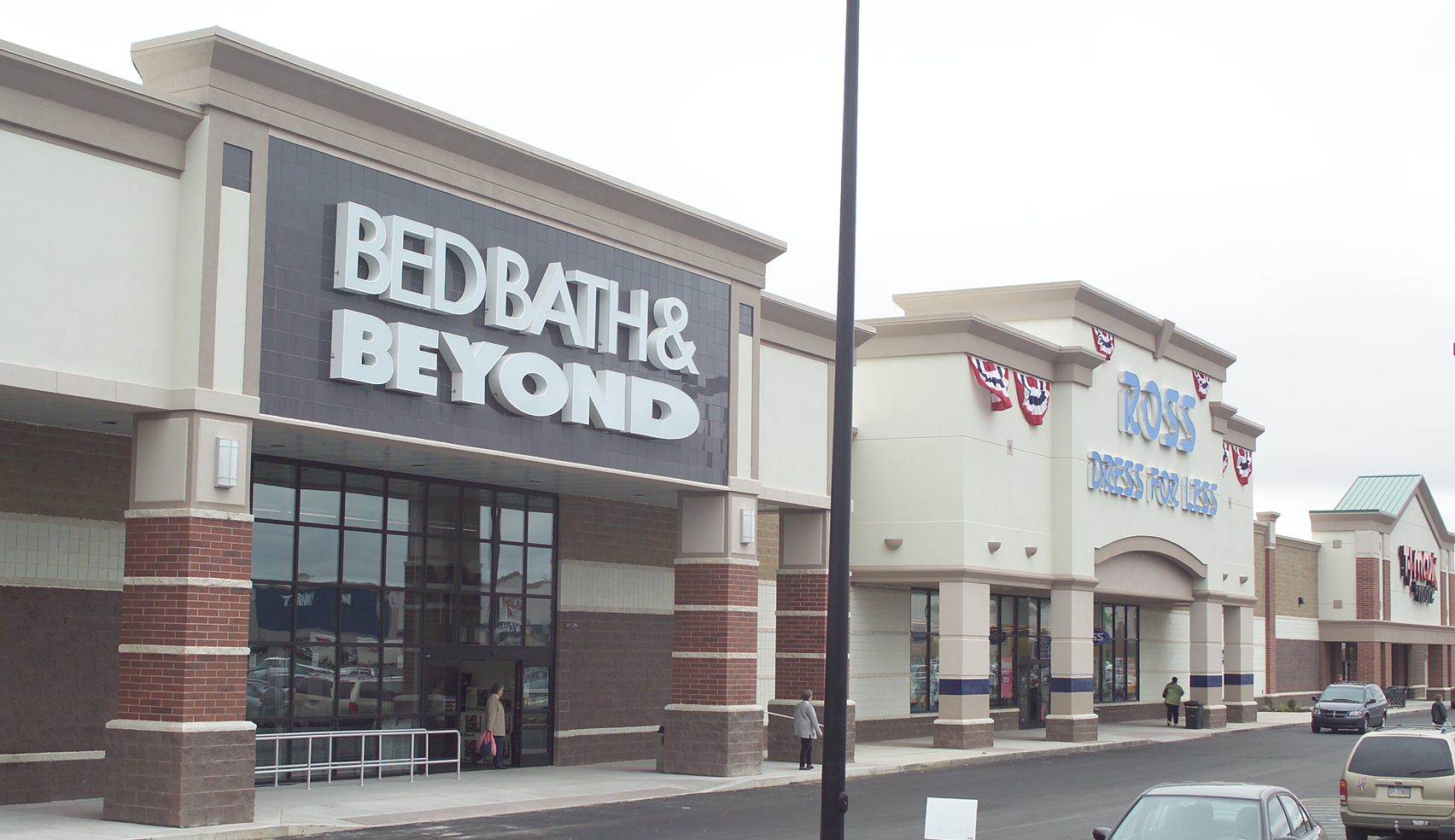
A shopping center that looks good and is well maintained will generally perform better than one that is poorly maintained. In order to keep a class "A" shopping center at that level, landscaping needs to be continually updated, facades need repainted or updated to current architecture aesthetics, parking lots need restriped and resurface, and amenities need updated or added. Tenants and landlords generally agree on this however they do not agree on who should be paying for it. General common area maintenance is covered under triple net leases, however, large replacements and new additions are generally considered capital expenditures and not reimbursable under the lease. The following are some guidelines to consider when trying to balance capital expenditures and common area maintenance:
- Make small improvements on an annual basis - Rather than doing a complete overhaul of a shopping center's landscape or parking lot at one time, spread the project out over a few years. Common area maintenance will generally include replacement of landscape, so adding new landscaping or updating an area can be paid for under the CAM reimbursement, as long as it doesn't exceed any cost caps. The same holds true for paving and sealing of the parking lot. While resurfacing an entire parking lot will be viewed as a capital expenditure, a 5-10 year plan to resurface the lot can be fully or partially paid for out of CAM.
- Do something every year - While some shopping plazas do not require new plant material or parking lot repair every year, it is important to do something every year. Tenants do not want to see large increases in a certain category. In some cases, leases limit the increase per category(I.E. 5% from year to year on landscaping). Doing something every year will keep a consistent number in the specific line item.
- Analyze whether the improvement will add value - If adding a new amenity doesn't produce any additional value, it might be wise to simply not add it. For instance, MPG Property Group considered adding Wi-Fi to the Richland Town Center in Johnstown, Pennsylvania a few years back. While it would be nice to offer this to customers, it doesn't seem likely that more customers would come to the shopping center simply because of the Wi-Fi. It would only add to the ongoing CAM costs of the center which ultimately made the decision a simple one.
- Carefully review the major leases prior to a project - No lease is the same and while leases in the same shopping center will typically have similar terms, one lease might prohibit certain costs while others might allow it. For instance, one of the major tenants at the Marketplace at Four Corners in Bainbridge, Ohio allows for the inclusion of certain capital expenditures if they will reduce the ongoing cost of a CAM line item. Some of the other major tenant leases do not allow for capital expenditures under any circumstances. These clauses will determine which capital expenditures a Landlord can be reimbursed for, ultimately determining if a project makes sense.
- Keep the overall CAM under the lease caps - While a capital expenditure can be spread over several years in order to be included in CAM, the landlord still must consider the annual CAM caps that are in the leases. If the CAM exceeds the cap when including the costs meant to be spread over a few years, the Landlord is going to be left funding the difference.
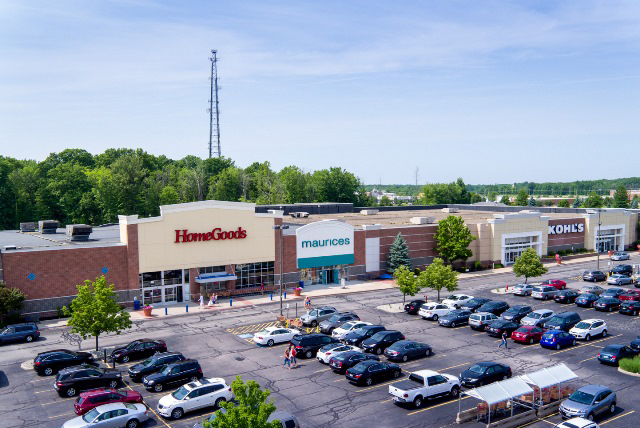
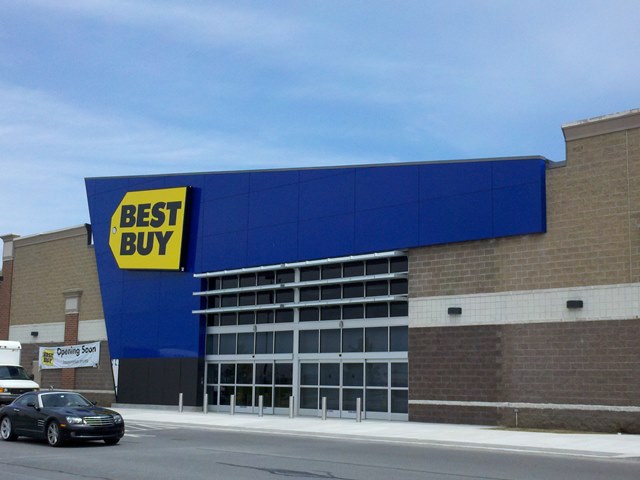
Following these guidelines will help reduce the out of pocket cost of capital expeditures, increasing the cash flow and value of a shopping center. Contact MPG Property Group for comments or questions on this article. If you found this article useful, please share it with others:
![]()
![]()
![]()
